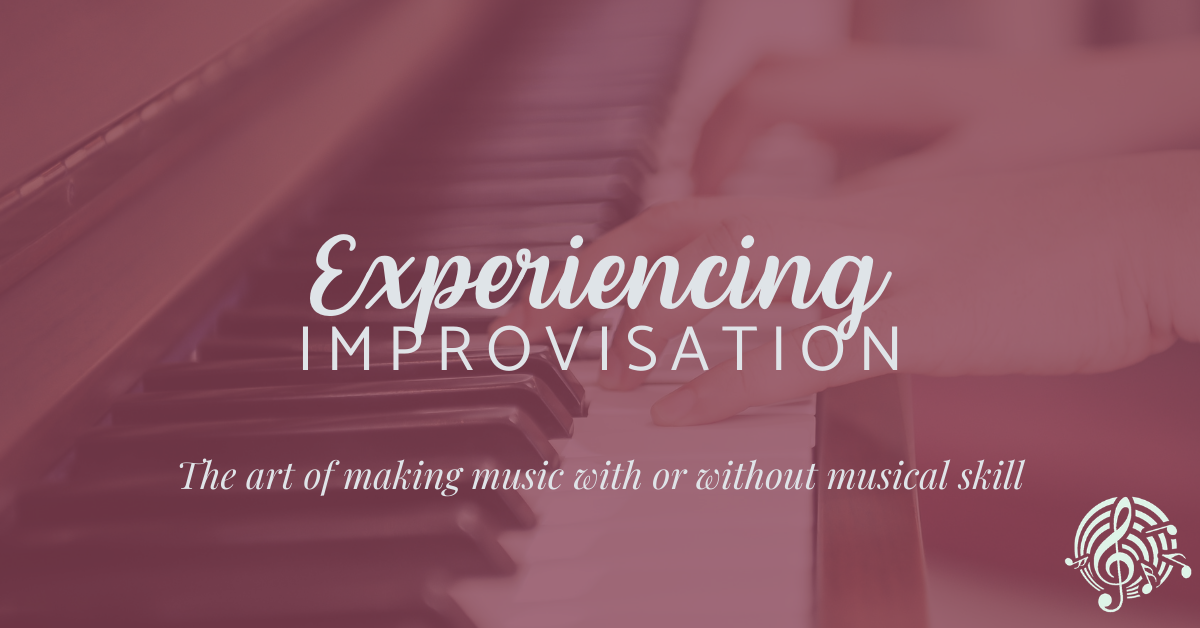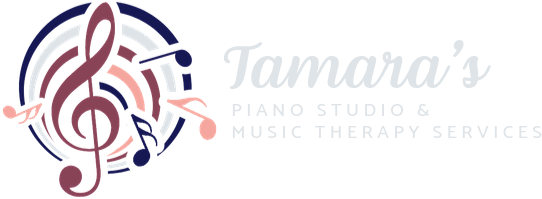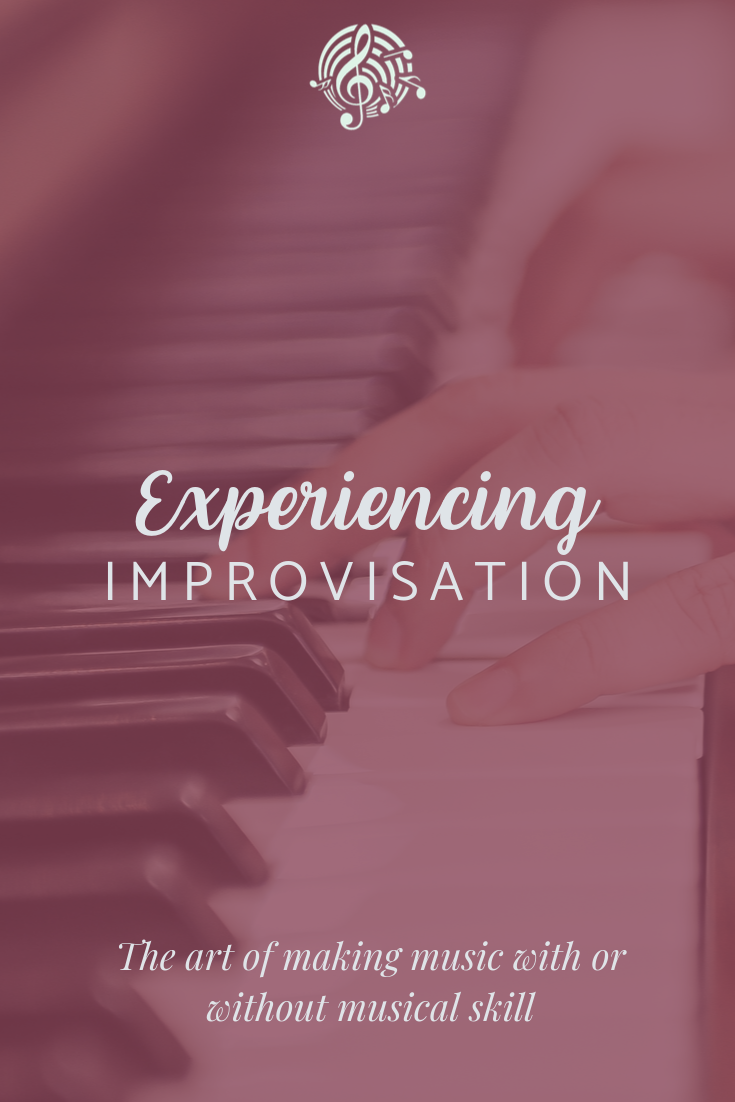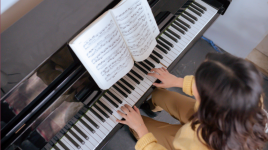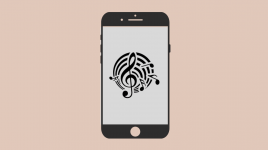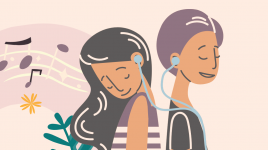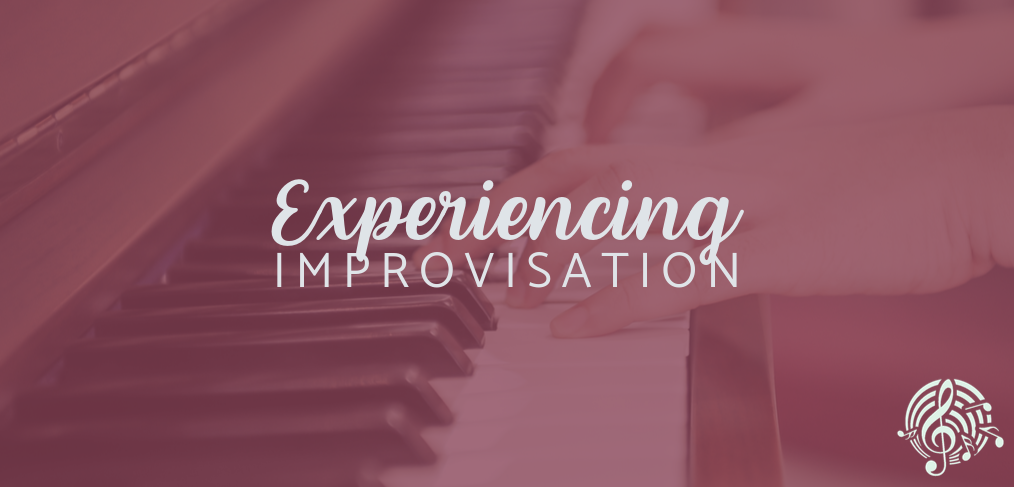
Experiencing improvisation
The art of making music with or without musical skill
Being the newest associate to join the TPSMTS, I wanted to introduce a term that is used very often in the field of music therapy – improvisation.
The heart behind writing about improvisation is that it is one major way to experience music.
Improvisation can be free or structured, pre-planned or spontaneous. According to Dictionary.com, to improvise is to create without previous preparation, in the spur of the moment, from whatever materials (or instruments) are readily available.
For some reading this, improvisation may sound scary or unpleasant; it may even sound a little chaotic. This can be true. However, improvisation is also spontaneous, unique, and inspired.
Improvisation has the potential to allow any child, adolescent, adult, or older adult, with or without musical skill, and to engage in the making of music.
As a music therapist, improvisation is one way to experience music. In Defining Music Therapy (2014), Ken Bruscia writes about improvisation as one of four distinct types of music experiences. When using improvisational methods, a music therapist is intentional with the kinds of goals this would work towards.
Here is a list of same goals, pulled from Bruscia (2014):
- Establish a nonverbal channel of communication and a bridge to verbal communication
- Provide a fulfilling means of self-expression and identity formation
- Explore various aspects of self in relation to others
- Identify, express, and work through difficult emotions
- Develop the capacity for interpersonal respect and intimacy
- Develop interpersonal or group problems
- Resolve interpersonal or group problems
- Develop creativity, expressive freedom, spontaneity, and playfulness within various degrees of structure
- Stimulate and develop the sense;
- Develop perceptual and cognitive skills
Another way of looking at improvisation is as a different and unique means of communication. So much of the way we engage with the world depends on what is said or not said, how we speak, our tone of voice, etc.
In music, the music becomes our means of communication.
The music created in improvisation has the potential to communicate what cannot be said, what an individual may want or need to say, as well as be the ‘words’ for those who are nonverbal.
Improvisation may sound intimidating, but the next time you are at an instrument or simply by yourself and your voice, try it: approach making music without preparation or expectation and let your ears be open to what may come out. It will sound unfamiliar and perhaps not aesthetically pleasing right away, but like everything, it takes practice!
Reference:
Bruscia, K. (2014). Defining Music Therapy (3rd Ed.). Gilsum, NH: Barcelona Publishers.
